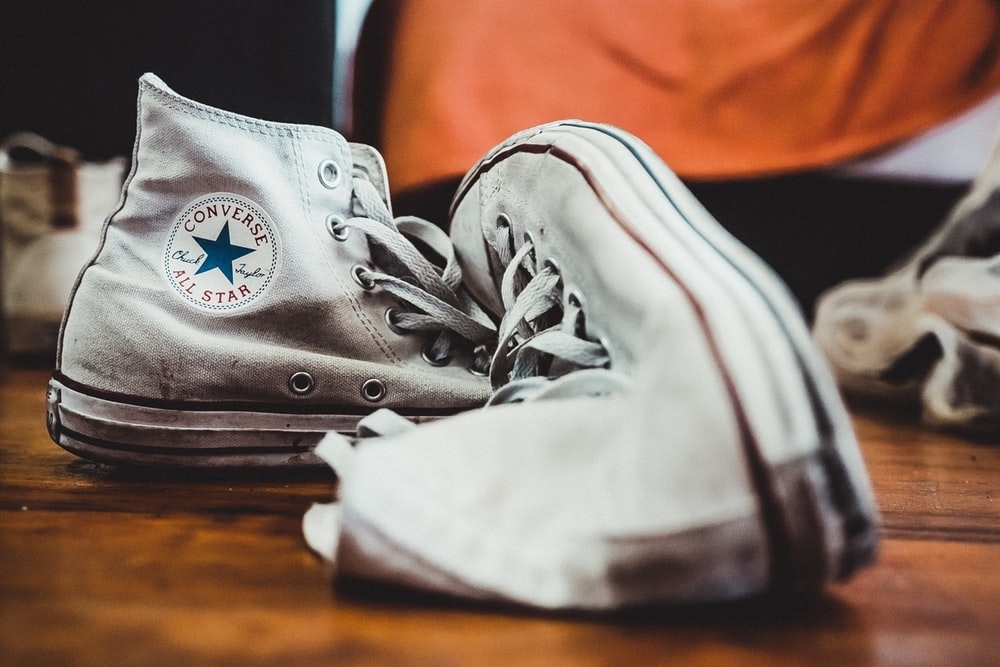Sneakers have become such a crucial element to the everyday casual wardrobe that it’s hard to imagine a time when they were only worn while playing sports. But sneakers have a long history that dates back over 100 years, before they were integrated into all of our wardrobes. Here’s a brief history of how rubber soles came to be.
1910s: Keds Make Things Comfy
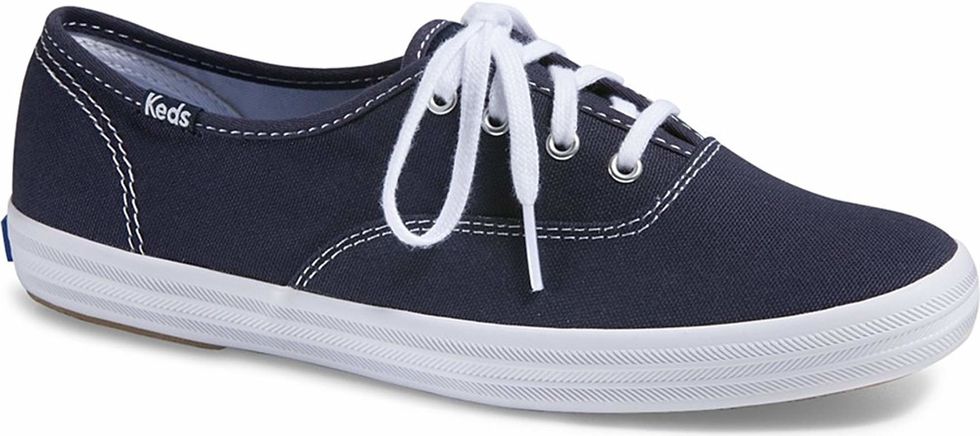
Believe it or not, the original sneakers weren’t so comfy until Keds came around with the first mass-produced, canvas-upper sneaker. They got their nickname “sneaker” because the soles were so quiet, you could sneak up on someone with them.
1920s: Chuck Taylors Hit the Court
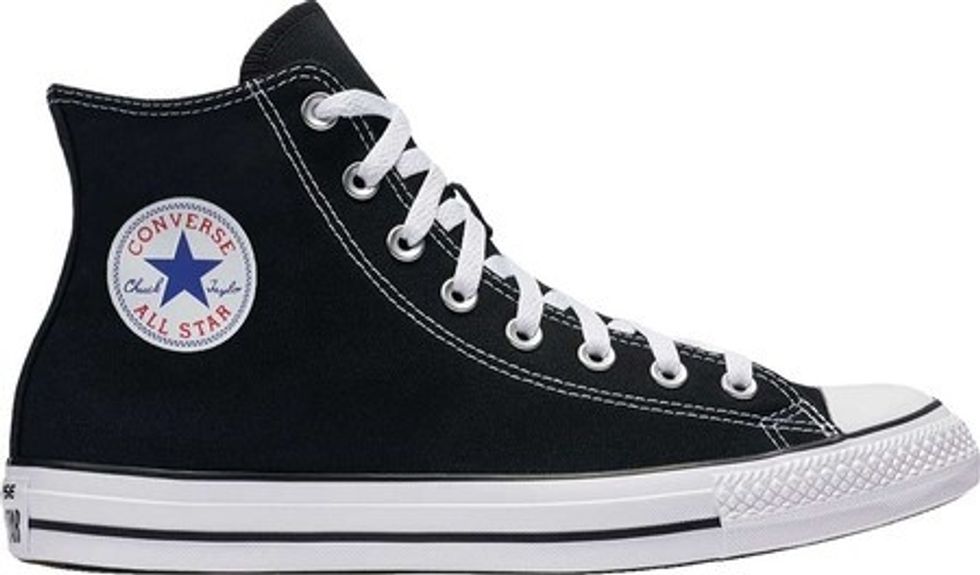
In 1923, a basketball player named Chuck Taylor endorsed Converse, the first shoe made just for the sport. They soon became synonymous with his name and are now the best-selling basketball shoes of all time.
1930s: Adidas Go Global
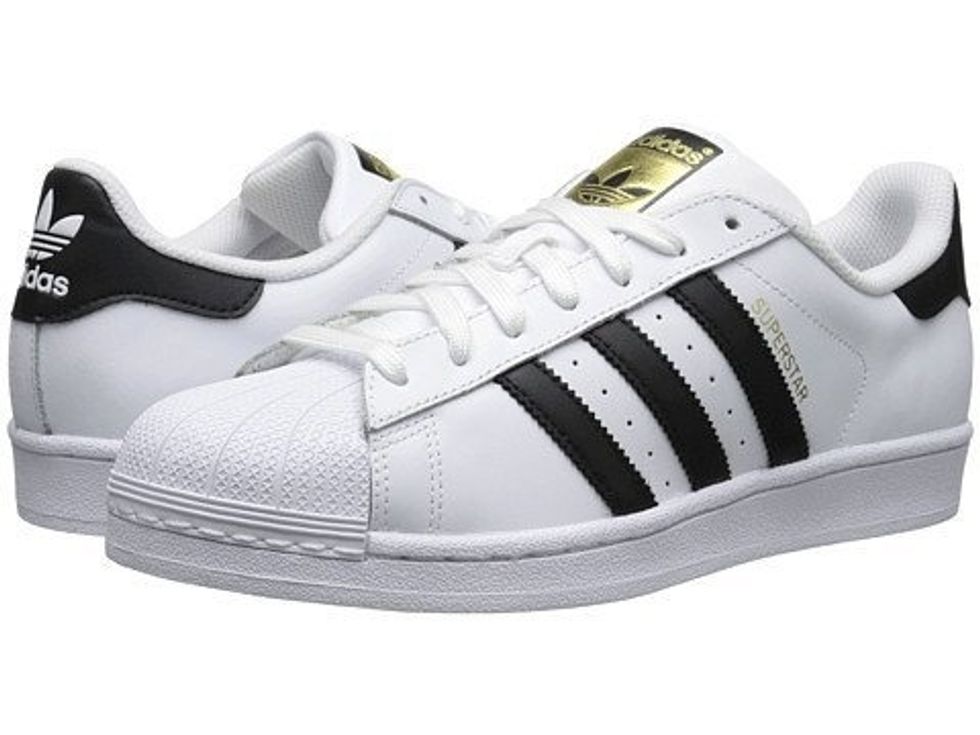
A German cobbler named Adi Dassler created a shoe brand named after himself: Adidas (his brother Rudi later founded Puma). At the 1936 Olympics, track star Jessie Owens won four gold medals wearing Adidas, and it became the most popular athletic shoe worldwide.
1950s: Kids Make Sneakers Fashionable
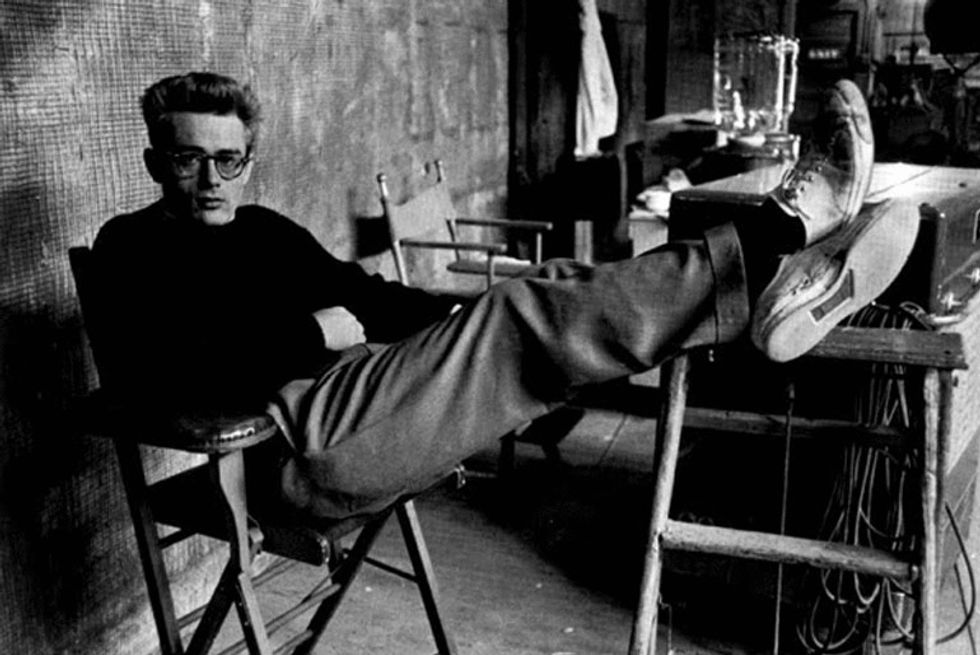
Around mid-century, young people started wearing sneakers outside of sports as school dress codes relaxed. Fashion sneakers especially became popular among teens after the 1955 release of Rebel Without a Cause, which starred a young actor named James Dean.
1980s-1990s: Endorsements Skyrocket
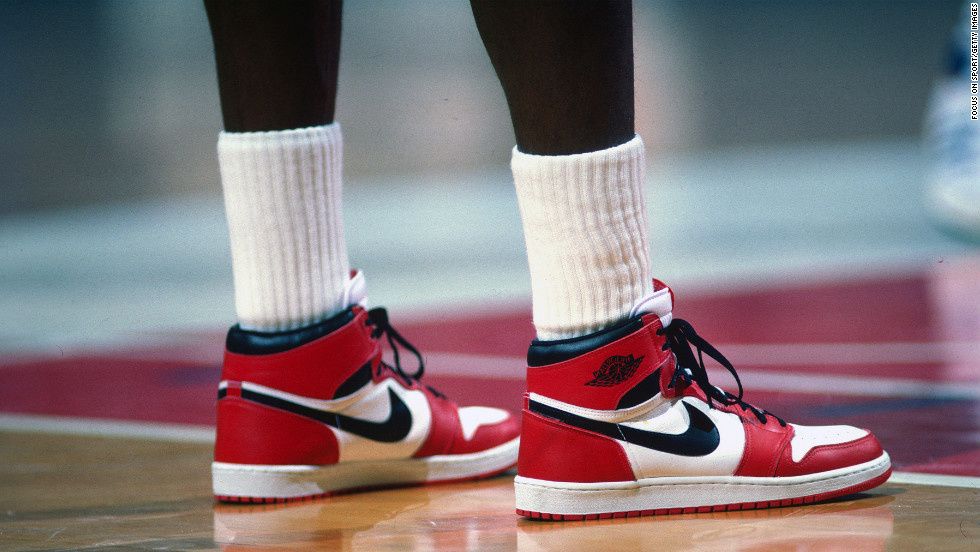
As sneakers became more popular, sneaker brands became smarter about their marketing and partnered with well-known athletes. Michael Jordan’s Air Jordans, for example, remain one of the most popular shoes of all time. As growing brands continued to compete with each other, sneakers with new and different features began to emerge, as did sneakers specified for different activities such as jogging, skateboarding, football, and more. They also quickly became a status symbol and more than just athletic aids.
2000s-2010s: Sneakerheads Rise
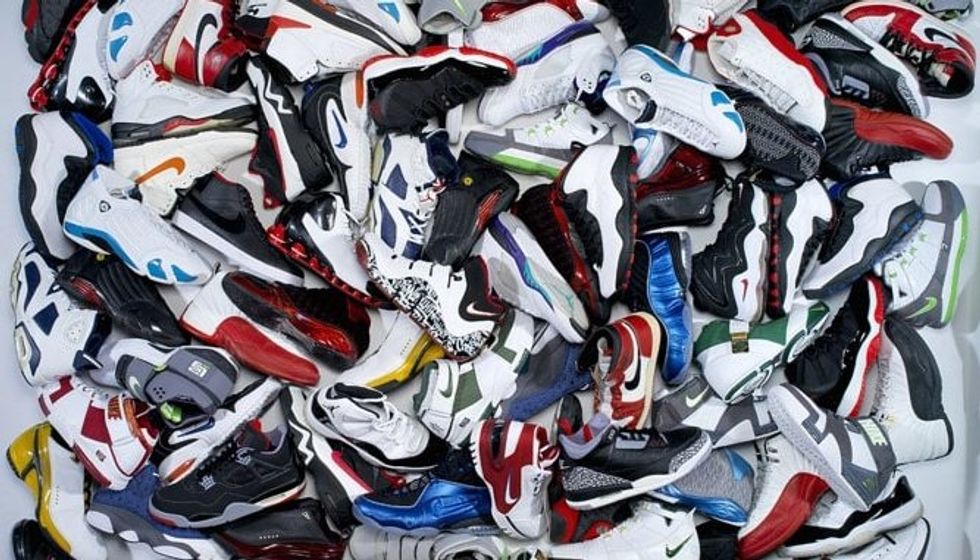
As endorsements with athletes reached new heights, sneaker brands also started partnering with hip-hop artists and became a major touchstone in street style. The term “sneakerhead” infiltrated the mainstream as a term to describe sneaker collectors. Companies encouraged the trend of purchasing expensive sneakers by dropping rare limited-edition styles.
But even if you’re not a hip-hop fan or an athlete, today’s sneaker market offers styles for everyone. Sturdy or streamlined, statement or subtle, there have never been more options to choose from. No wonder they’ve become part of our daily wardrobes.

